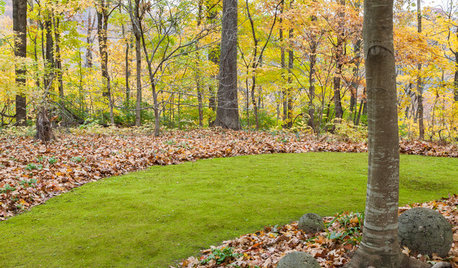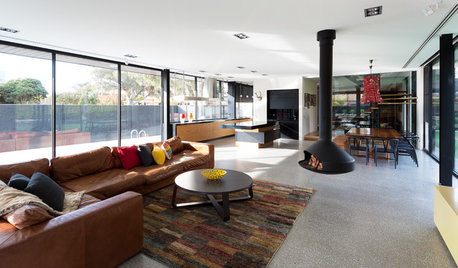Here's a question for all you scientific types out there.I hope you all will be able to "dumb down" your responses enough for the uber-unscientific me! Strawberryhill keeps on talking about the benefits of using this,and I'm pretty curious. Now, people, please: I know that the best soil improvements are organic stuff, etc. and I am constantly adding organic matter as much as possible to my soil, but someone commented that it does take quite a while for these to take effect,and in the meantime the roses do not disdain chemical help. Here in Italy I just don't know where to go to find many of the goodies that US gardeners use, but I did find a site that sells "calcio solfato" (CaSO4) (the 4 in this is supposed to be tiny and written small, at the base of the O) I'm assuming that this is calcium sulfate, a.k.a. gypsum. This company offers this and also another product (CaSO42H2O) (in this formula,the 4 is again small,and so is the second 2, but I don't know how to type that on my keyboard). The article describing the products goes into lots of scientific detail, and frankly, I just get lost,but I do see that they say to use it in alkaline soils. Now,I did twice do amateur soil tests; one years ago using a kit bought at a Home Depot (I was visiting family in the USA) and recently a home-made style one,done by mixing a bit of soil with vinegar, and another bit with bicarbonate of soda. IN both, my soil tested as neutral,which surprised me; I wouldv'e thought alkaline for sure (I can't grow rugosas,for example). Sometimes some of my roses show a bit of chlorosis, which I've corrected with a iron product for lawns. So, here's my question: do you think it might be worth my while to buy some of one of these products and try using it, even if my soil is neutral? Though not a scientist, I am willing to experiment with stuff that's new to me. For example, I will be eternally grateful to Paul Zimmerman and the folks at Bierkreek for turning me onto the use of alfalfa hay; that worked miracles! On the other hand, I tried mychrorizza, and saw no difference at all (maybe I did something wrong, but that stuff was expensive so I'm not particularly impatient to try it again). What do you all think? Might it be worth my while to inquire about buying some of one of these things, just to try? regards, bart











michaelg
strawchicago z5
Related Discussions
Foliage Pro calcium deficiency
Q
Apples - Calcium Applicaions?
Q
Make leaves thicker & stronger with calcium and potassium
Q
Salt-index of chemical fertilizer & soluble for hot weather
Q
strawchicago z5
Lynn-in-TX-Z8b- Austin Area/Hill Country
michaelg
strawchicago z5
Lynn-in-TX-Z8b- Austin Area/Hill Country
michaelg
strawchicago z5
Lynn-in-TX-Z8b- Austin Area/Hill Country
strawchicago z5
Lynn-in-TX-Z8b- Austin Area/Hill Country
strawchicago z5
Lynn-in-TX-Z8b- Austin Area/Hill Country
strawchicago z5
kittymoonbeam
Lynn-in-TX-Z8b- Austin Area/Hill Country
strawchicago z5
Kippy
strawchicago z5
Lynn-in-TX-Z8b- Austin Area/Hill Country
bart_2010Original Author
strawchicago z5
strawchicago z5
michaelg
Lynn-in-TX-Z8b- Austin Area/Hill Country
michaelg
strawchicago z5
Lynn-in-TX-Z8b- Austin Area/Hill Country
strawchicago z5
Lynn-in-TX-Z8b- Austin Area/Hill Country
bart_2010Original Author
michaelg